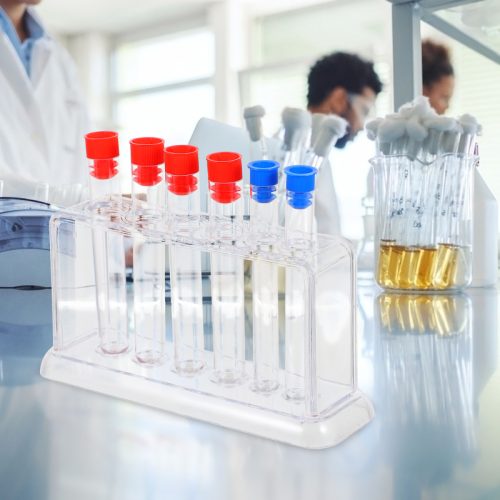Borosilicate tubing products, known for their exceptional properties and wide-ranging applications, owe their success not only to the inherent qualities of borosilicate glass but also to rigorous manufacturing processes and quality control. In this article, we will explore the key steps involved in the production and quality assurance of borosilicate tubing products.
Raw Materials and Melting
The manufacturing process of borosilicate tubing begins with the selection of high-quality raw materials, typically silica sand, boron oxide, and various additives. These materials are carefully measured and mixed to precise ratios. The mixture is then melted in a furnace at high temperatures, often exceeding 1,000 degrees Celsius (1,832 degrees Fahrenheit). This molten glass is the foundation for creating borosilicate tubing.
Shaping and Forming
Once the glass is in a molten state, it is shaped into the desired form. For borosilicate tubing, the process typically involves extrusion. The molten glass is pushed through a die, which imparts the initial tube shape. This method ensures uniformity and precision in the final product.
Annealing
Annealing is a critical step in the manufacturing process. The glass tubing is slowly cooled to relieve internal stresses and improve its overall durability. This controlled cooling process can take several hours to ensure that the glass is uniformly and properly annealed. Proper annealing is vital to preventing breakage, cracks, or other structural weaknesses in the finished product.
Quality Control
The quality control process is a vital aspect of borosilicate tubing manufacturing. To ensure that the final product meets the highest standards, manufacturers implement various quality control measures:
- Dimensional Accuracy: Precise measurements and calibrations are conducted to ensure that the borosilicate tubing meets the specified dimensions, such as inner and outer diameters, wall thickness, and length.
- Visual Inspection: Visual inspections are carried out to identify any surface imperfections, such as scratches, bubbles, or defects that could affect the product’s quality.
- Chemical Composition: Samples of the glass are analyzed to confirm that the borosilicate glass composition adheres to the required standards, including the ratio of silica to boron oxide.
- Strength Testing: Mechanical tests, including tests for tensile strength and hardness, are performed to assess the product’s mechanical properties and structural integrity.
- Thermal Properties: The thermal resistance of the tubing is tested by exposing samples to extreme temperature changes to ensure that they withstand thermal stress.
Packaging and Distribution
After passing stringent quality control measures, the borosilicate tubing products are carefully packaged to protect them during transportation and storage. Packaging materials must be chosen with care to prevent breakage or damage. The tubing is then distributed to various industries, including laboratories, pharmaceuticals, art, and more.
In conclusion, the manufacturing and quality control of borosilicate tubing products are intricate processes that ensure the exceptional properties of borosilicate glass are harnessed to their full potential. The rigorous quality control measures are imperative to guarantee the integrity and performance of the final products, which find applications in diverse fields and are relied upon for their durability and resistance to thermal and chemical stresses. Manufacturers of borosilicate tubing products remain dedicated to producing reliable and high-quality solutions for industries worldwide.


